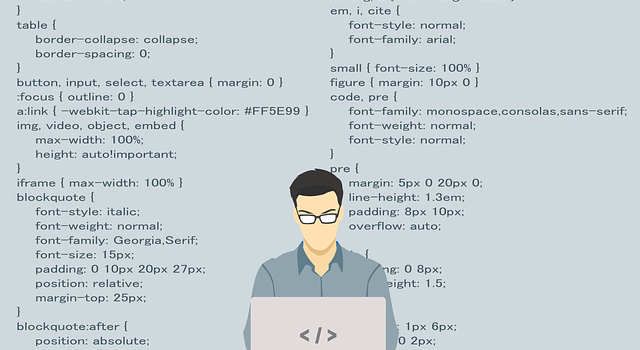
People everywhere understand we live in a digital world, but what is the right next step to prepare and embrace it? How can parents prepare their children for the technological workforce of tomorrow while ensuring they’re stimulated and have fun today?
For many, the answer has been online summer coding classes or after-school sessions once September rolls around. However, some coding programs for kids are vastly better than others. Here are some tips to help you steer clear of subpar courses.
Relevant Coding Languages
There’s a massive difference between having general STEM skills and knowing how to write code in industry-standard languages. Some programs begin teaching kids drag-and-drop pseudo coding programs like Scratch, which may convey a sense of what coding is like, but will never be used in the field.
It’s better to start showing kids real coding languages, such as:
- Python
- Java
- JavaScript
- C#
- C++
The program will have introductory levels for each language and help children advance within them before moving to more complicated and powerful coding languages.
Video Games at Heart
Children learn best when they’re having fun. Pleasure is something kids can’t ever have too much of, especially after years of disruption amid a global pandemic.
Leading coding programs put video games at the heart of their lessons, so children learn how to design and code their own video games. Imagine how motivated kids are to learn when the class helps them create a game they can play with friends and family!
Plus, industry leaders embed gamification concepts into the pedagogy, so the same dynamics that keep kids hooked on playing games work to make learning addictive and fun instead. Play aside, the video game industry now represents a substantial chunk of the GDP, making coding games a practical and potentially lucrative skill.
Orderly Learning Environments
Online and offline learning sessions need to be ordered if they’re going to be productive. Leading coding programs cap their class size at four students per teacher, so kids don’t need to speak over their peers to be heard or struggle to get their teacher’s attention.
Ideally, the program should have no mandatory minimum, so you know when you book it that the class will proceed as scheduled, even if your child is the lone student.
Young Teachers
Kids can’t learn old material if they want to be ready for the digital future. The perfect mentor is a computer engineering or computer science undergrad who also grew up playing video games as a kid.
They’ll have the practical experience to tell today’s youth what coding is like in high school and beyond and where STEM skills can take them in the job market. Teaching is all about transferring passion and knowledge from one generation to the next, which is difficult to do if there are multiple generations between student and teacher. This goes extra in quickly evolving technological fields.
Parents always want their kids to be prepared for tomorrow’s world in a way that’s fun today. The future may be uncertain in many ways, but a large part of it will be written in code! Ensure your child is ready by signing them up for the most productive and enjoyable online coding classes.

Your go-to source for the latest in tech, finance, health, and entertainment, with a knack for distilling complex topics into accessible insights, We deliver timely updates on the ever-evolving landscapes of technology, finance, health, and entertainment








